Minimalism Simplified – Your Guide To A Minimalist Lifestyle
While a minimalist lifestyle usually means owning less, it doesn’t mean a poor life. If anything, minimalism creates more space to express life in ways that are beyond physicality.
A house full of stuff doesn’t mean a rich life if most of them have little to no use. A clutter-free home and mind have more potential to create a life that is about enriching experiences and growth.
What is Minimalism?
Minimalism by definition is a style in art and design that uses very few elements to create work that is simple, elegant, and mostly empty.
A minimalistic lifestyle is a way of living where one possesses things that only add value to one’s life in some form or way.
By things, I do not only mean physical things that you own. But also, what you spend your energy and time on, the relationships you have as well as the digital footprint you have.
A Glimpse into the History of Minimalism…
The minimalism movement roots back to the 1960s and 1970s when artists started favoring designs with fewer elements and simplicity over abstract expressionism.
Over time, this trend started to take various forms as seen today in architecture, design, and now in interior design and lifestyle.

Are Minimalists Happier?
There is no doubt that minimalism can help you focus on your true priorities in life by eliminating things that do not add value to your life.
According to a study by Simplicity Institute on 2500 people from across the globe, 87% of people showed that they were happier now than when they had more possessions.
In my personal opinion, I would agree with the general statement that minimalists are happier. Of course, nothing can be the absolute truth as there are always outliers.
Having less may sound like being poor or being inadequate. But the key is finding the balance and having just enough to thrive and grow.
Most of us have way more stuff than we need and use. More clothes, more decor, more debt, more work, more stress, etc.
Imagine if you didn’t have any of the above in excess but enough. Not more not less. You have more space in your home to do things that make you happy, a clean and organized wardrobe, a simple to-do list, and so on.
Would this not make you happier and less stressed?
Wait… But is A Minimalist Lifestyle for Everyone?
Minimalism is still a growing movement. A big majority of us still don’t know what it is and think that more stuff will make us happier.
More money, a bigger house, a nicer car, more clothes and accessories, etc. We have been manipulated by big corporations for so long through advertisements.
There is always something trending and the social pressure to have it is so high. People queue up to buy the newest iPhone every single year.
Not because their current iPhone doesn’t work. But because they have been manipulated to think that they have to get it.
Same thing with fashion. Labeled as fast fashion, the clothing industry has flourished because they have made it so affordable now.
Gone are the days when you would get rid of a clothing item when it no longer fits or has been worn out due to time.
People now get rid of them or worse, just keep them lying around their homes simply because it has gone out of trend. But really who decided the trend?
The reality is most of us still think this way. You need to have all the latest stuff. Be it clothes, homes, cars, tech, or accessories.
However, slowly but surely a lot of people are becoming more conscious of their consumption habits and the impact of their lifestyle on the environment.
All thanks to movements like minimalism, as well as environmental protection organizations educating people on the impact of human beings on the planet.
Minimalism is for everyone. A lot of us simply aren’t aware of our habits and their impacts on our own lives and the lives of others around us.
Being a minimalist doesn’t mean you have one chair in your living room and dine on the floor with one plate and one fork.
It’s just about not owning and consuming in access but being mindful enough to only own things that you use.

If so, How can I start a Minimalist Lifestyle?
If you’re like most of us, you have a house full of stuff that you don’t use, clothes that you rarely wear, some debt in credit cards and loans, etc.
So you ask yourself, How can I become a minimalist?
Below are some practical tips on how to start a minimalist lifestyle and create space in your life for the more important things.
1. Make a list of everything you own
This is the only way to truly understand how much stuff we own. The amount of things we gather over time piles up very easily and before you know it, you have a house full of things you may not be even using.
2. Identify all the things you have not used in 6 months or more
The next step is to identify all the things that you have not used in the past 6 months. If you haven’t used something in over 6 months, it’s a good sign it doesn’t add much value to you. Unless it’s seasonal things like winter clothes.
3. Put them in a box and store it away (Temporarily)
This is to give those items away later with even more assurance that you don’t need them anymore. By storing them away for the first 6 months, you get to think it over or pick it up again if you need them.
4. Donate
There are a lot of people less fortunate than us. People who need clothes, shoes, and other things that we take for granted. Look for places that accept and utilize donations honestly and donate whatever you feel like.
5. Sell
Some things that you own may be valuable even though you don’t use them. If they are in good condition, you could sell them and make some money to use for things such as travel or self-improvement.
6. Digitalize paper clutter
Despite the amount of tech advancements, we still see a lot of paper clutter end up in our homes from shops, restaurants, and deliveries. Say no to receipts and ask your regular suppliers to send you a digital receipt only.
7. Work on your mindset
Giving up a lot of your possessions and adopting a minimalist lifestyle will be hard in the beginning. You may find yourself comparing your life to other people.
Hence, you need to keep learning about minimalism and the benefits of living a minimalist lifestyle where you create space for the things that make you a better person.

8. Make decluttering a habit
No matter how much of a minimalist you are, you will need things and you will buy things. Things will gather and there will always be clutter to clear.
By making decluttering a habit, you can keep your home and workspace clean and clutter-free.
9. Make a budget and stick to it
The best way to consume less is to buy less. And to buy less you need to make a budget and stick to it. I’m not asking to compromise on quality and good food, but anything else that might be unnecessary like unhealthy snacks and anything else you don’t need.
10. Schedule less
Minimalism is not just about physical stuff. It’s also about how you spend your time. Having a packed schedule doesn’t mean you’re going to be more successful.
Instead, focus on scheduling fewer things into your day and eliminate anything that you don’t have to do if it doesn’t add value to your life in some way.
Where can I apply Minimalism?
Minimalism is multi-dimensional and can be applied to different aspects of your life. Below are some areas of your life that can benefit from minimalism.
1. Home
Home is where you spend a good amount of your life. By decluttering and focusing on only keeping things that you use or are adding value to your life, you can create a simple and minimalist home.
Not only will it be aesthetically pleasing, but also give you the space to express your creative side at home.
2. Lifestyle
When minimalism is applied to your lifestyle, it usually flows into all other aspects of your life as well. A minimalist lifestyle means doing fewer things but with more involvement.
Planning your day with fewer activities on the schedule and giving them your best is a good example of a minimalist lifestyle.
3. Energy
We have a limited amount of energy to use every day. A minimalist would try to utilize that energy to do things that only add value to their life in some way. This is not the same as being selfish.
Helping those in need also adds value to your life and makes you a better person.
4. Relationships
People often think that having a lot of friends means you’ll have a happier life. But the true value of any relationship, be it romantic, family, or friendship is measured in the quality and not the quantity.
So focus on spending your time only with the people who care about you and your well-being and help you become a better person. And do the same for them.
5. Finances
Minimalism can be applied to finances too. How you spend your money can be guided by the principles of minimalism.
Making a budget, and looking out for ways to economize, and save are great ways to be minimalistic about money.
It allows you to save more and spend that same money on things that add value to your life such as travel, and other experiences with family and friends.
So…Should I become a Minimalist?
Every person has a right to live life on their terms. But if you care about your health, and the health of our planet and want to preserve it for your future generations, then the answer is obvious.
We are burning a lot more than we can regenerate and the way the human race is currently consuming is not sustainable.
Change begins on an individual level, and collectively we can make a difference.

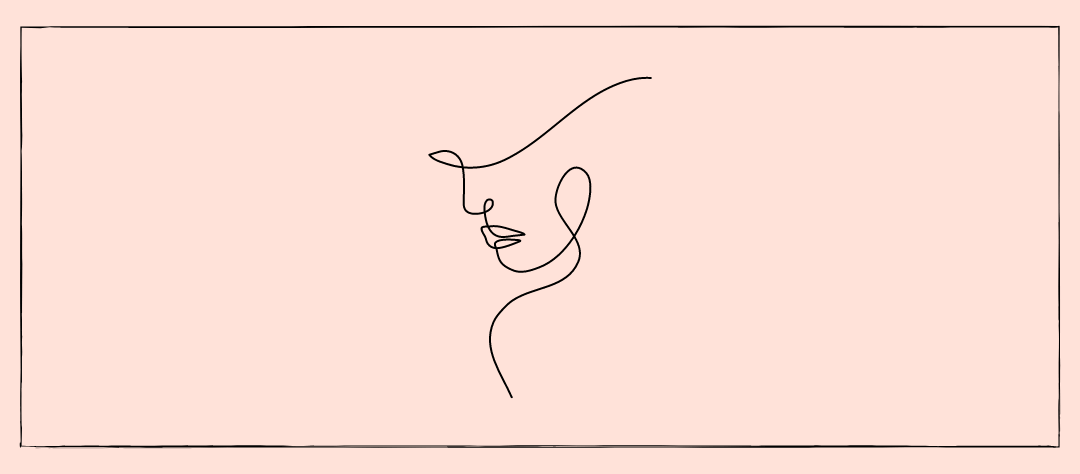
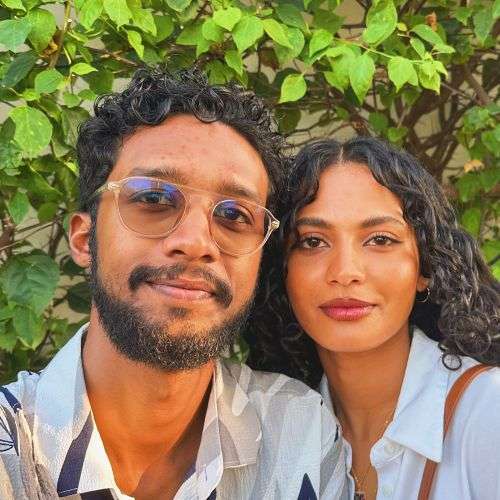

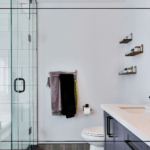
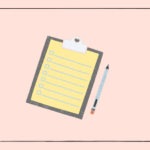
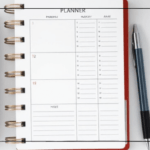
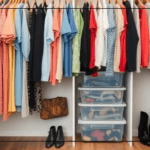

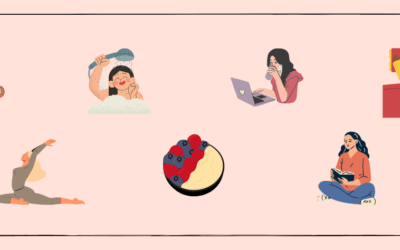
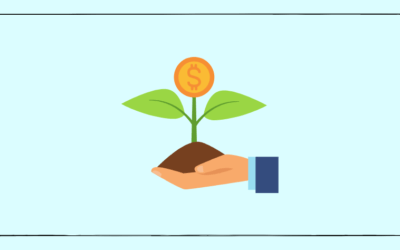
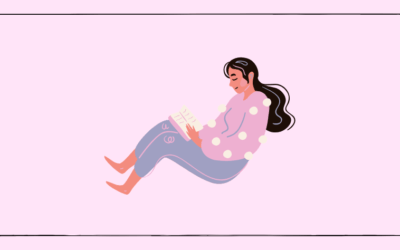
0 Comments